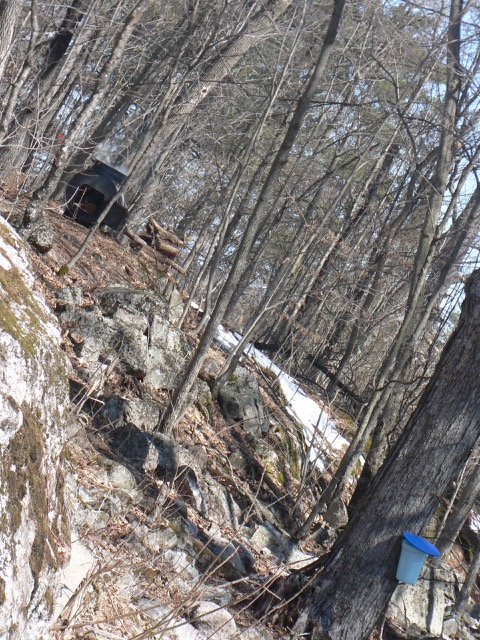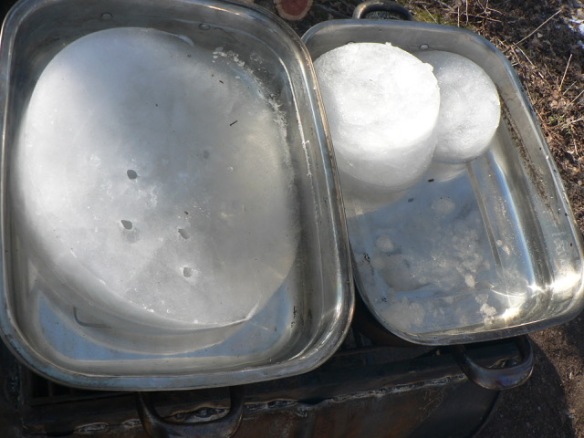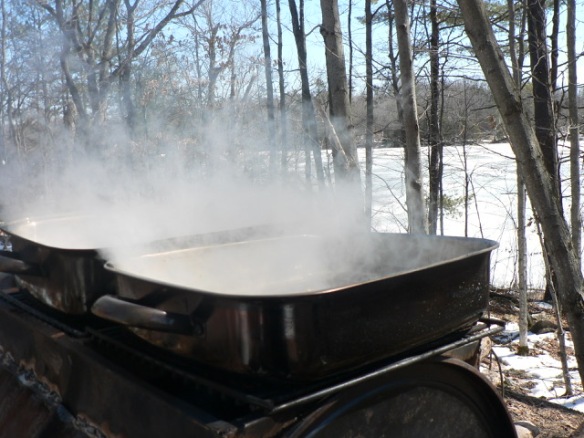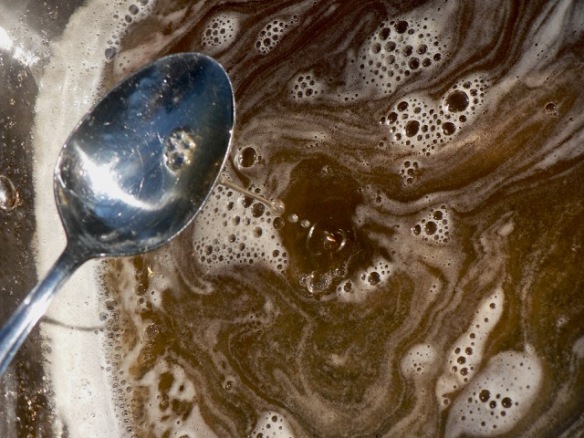To be honest, we didn’t do our spring scavenger hunt on the first day of spring. We had a bit of winter weather move in and so we waited a little bit. In Nova Scotia, there are not really a whole lot of signs that spring is here. The sun is definitely warmer when it is out, but the grass is still brown and dead, the tree buds are still pretty firmly closed, and although there are bulbs poking up in the garden, we have snow on the ground.
We went out with a list of things to find:
- buds opening
- melting
- plants coming up
- insects
- blue sky
- something green
- something colourful
Here’s what we found:

Buds still closed up pretty tight.

Melting

Plants coming up

Believe it or not we found an insect – a snow flea

Nice green moss and if you look closely you can see the sporophytes.

We did find some old rosehips and berries, but this lichen was colourful and more interesting.

Gorgeous blue sky!
So there you have the first day (or so) of spring in Nova Scotia.
Happy Spring everyone!
Nature Walk:
Take a walk outside where you live and find some signs of spring. Make a page in your journal for the first day of spring, and draw some of the things you found. Take a bag with you on your walk, and see if you can collect a few small pieces of moss to bring home with you. Use this to make a little moss garden for your nature table.
 Add a poem to your nature journal. We dabbed some acrylic paint in the colours of the forest this time of year onto a page and scraped it around using an old credit card.
Add a poem to your nature journal. We dabbed some acrylic paint in the colours of the forest this time of year onto a page and scraped it around using an old credit card.
Print out this poem – The Wood Pool, cut it out and paste it on top.









